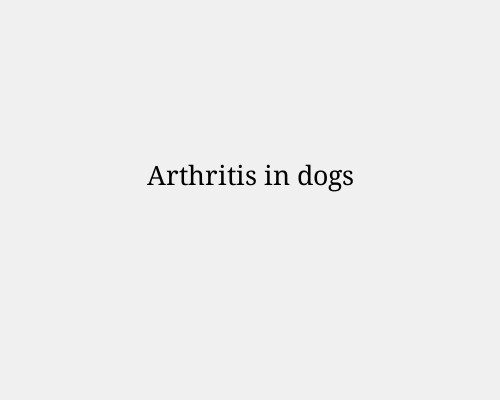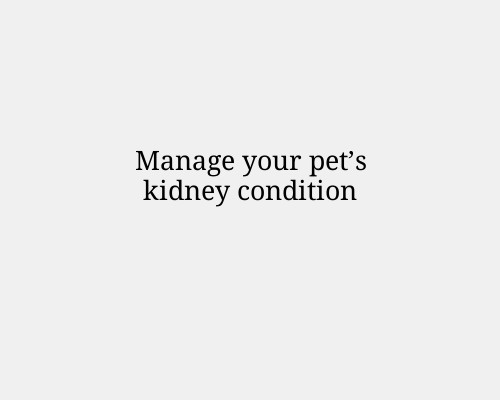South African Animal Rescue centres
Gauteng Animal Anti-Cruelty League (AACL) Johannesburg Location: Johannesburg Website: www.aacl.co.za Contact: 011 435 0672 Woodrock Animal Rescue Location: Hennops River Valley Website: woodrockanimalrescue.co.za Wet Nose Animal Rescue Centre Location: Vaalbank Website: www.wetnose.co.za Contact: (013) 932-3941/2 Kitty and Puppy Haven Location: Johannesburg Website: www.kittypuppyhaven.org.za Contact: 010 224 0763 Pug Rescue South Africa Location: Johannesburg Little Doggy…




